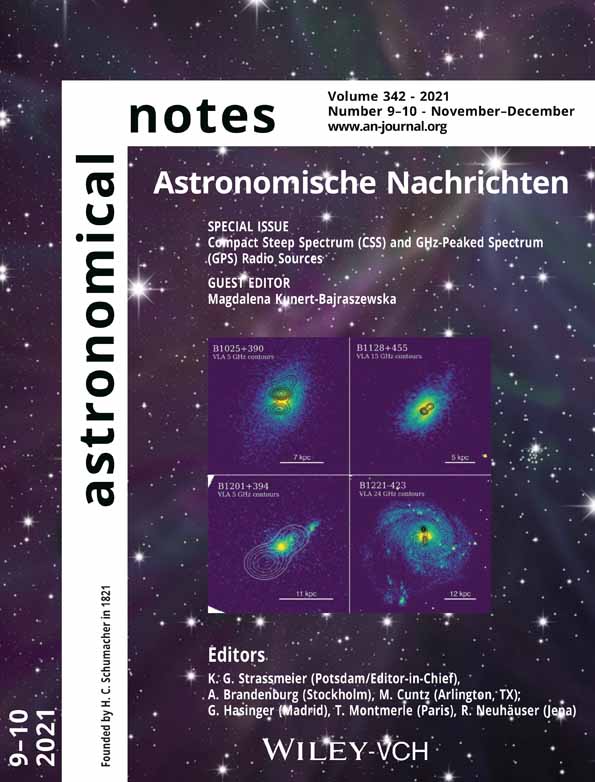What defines a compact symmetric object? A carefully vetted sample of compact symmetric objects
Funding information: Goddard Space Flight Center, NAS8-03060; H2020 European Research Council, 771282; NASA
Abstract
Compact symmetric objects (CSOs), young jetted-active galactic nuclei of overall projected size <1 kpc, are of great interest due to their youth and evolution. The classification was introduced to distinguish between ∼95% of powerful compact extragalactic radio sources in flux density limited samples that are dominated by asymmetric emission due to relativistic beaming from jets aligned close to the line of sight and ∼5% of objects that are not. The original classification criteria were (a) overall projected diameter smaller than 1 kpc, (b) identified center of activity, and (c) symmetric jet structure about the center. There is confusion and erosion of the value of the CSO classification due to misclassifications. Many jets contain compact bright features outside the core, resulting in a gigahertz peaked spectrum total spectrum and a “compact double” appearance, and some objects with jet axes aligned close to the line of sight appear symmetric because the approaching jet is projected on both sides of the core. To eliminate the confusion, we propose adding (d) slow radio variability and (e) low apparent velocity of bright features moving along the jets to the above CSO criteria. We are compiling a catalog of CSOs using these five criteria to eliminate the confusion of Doppler boosting.




